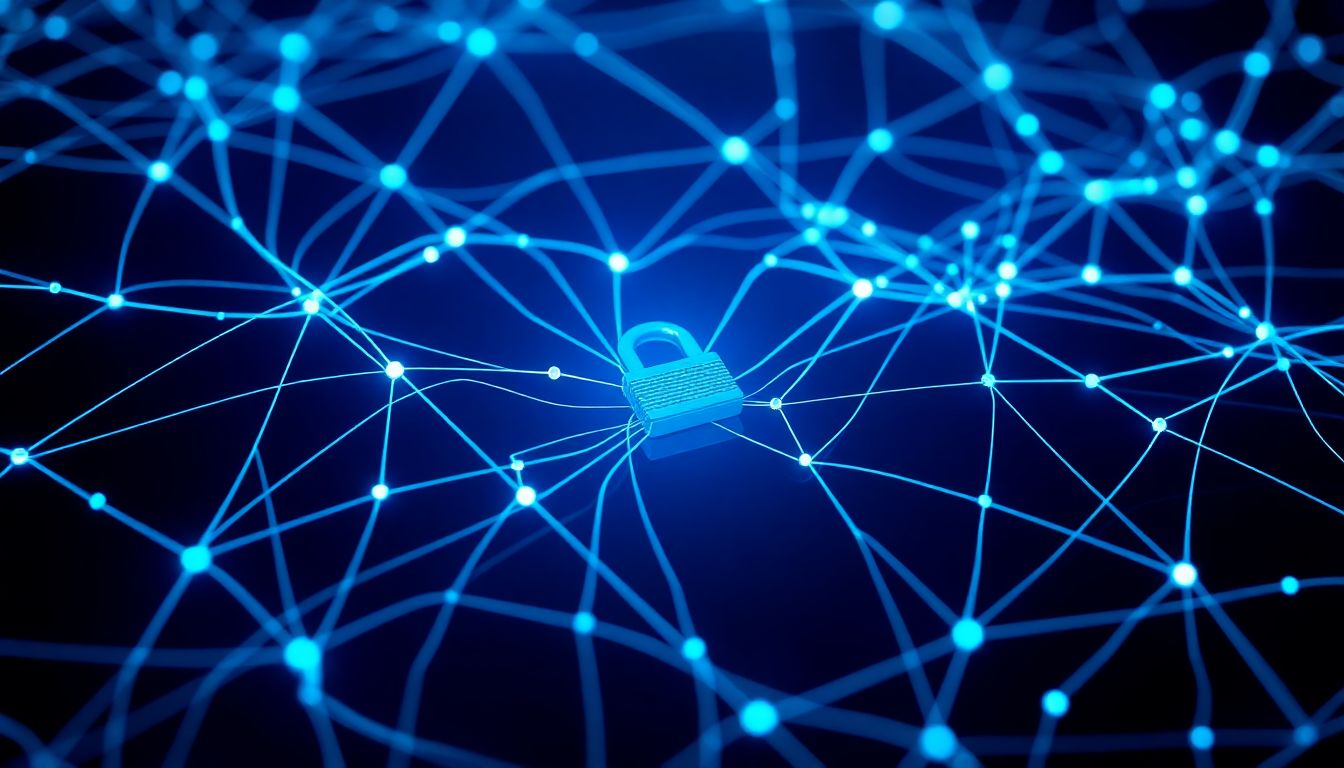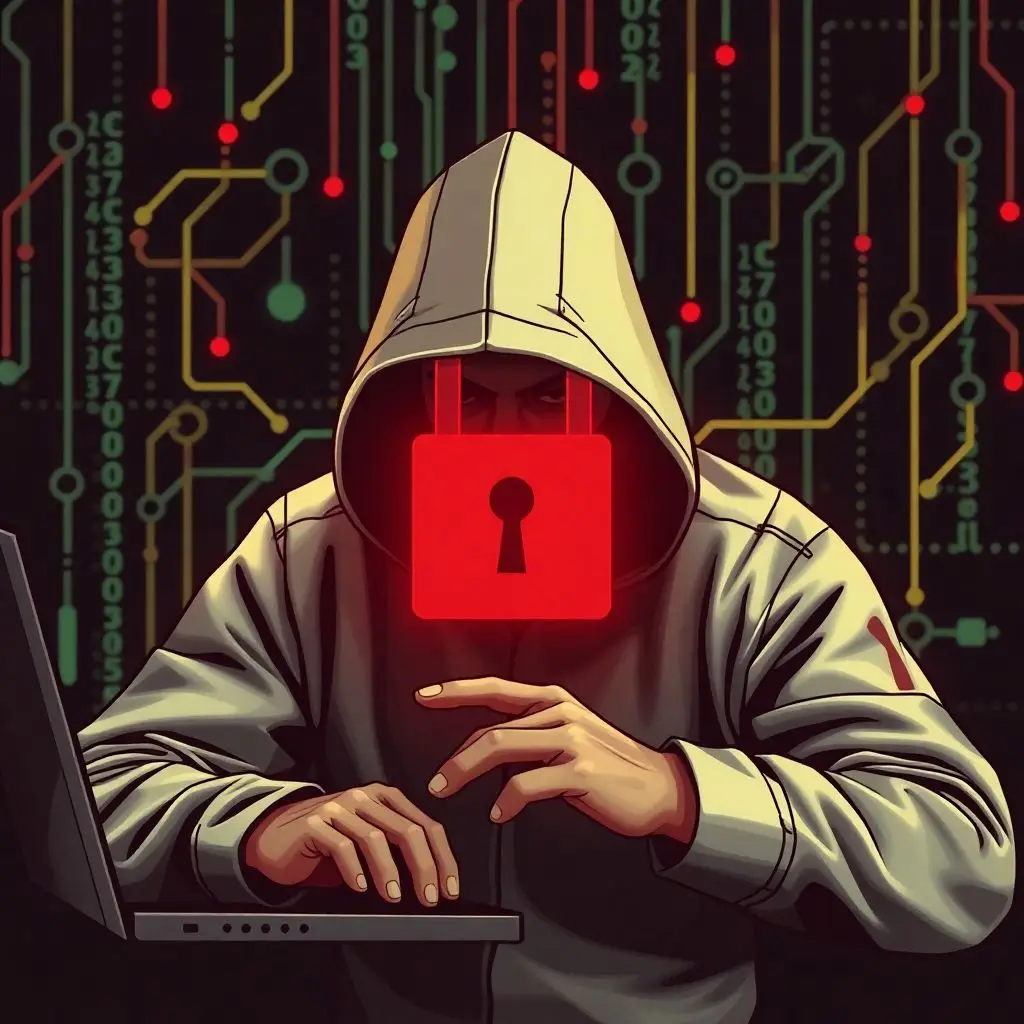The internet is a fantastic tool, but it also comes with risks. Every day, hackers target accounts, and the numbers are alarming. It’s easy to feel overwhelmed, but taking control of your online security is essential. Secure your online accounts by following simple yet effective strategies to protect your accounts and stay safe. In this article, we will explore the best practices to enhance your security and keep your data safe from cyber threats.
The Growing Threat of Online Hacks
The Rising Tide of Cybercrime: Shocking Statistics on Data Breaches
Recent studies show that nearly 60% of small companies close within six months of a data breach. In just the past year, millions of records have been exposed due to hacks. These incidents are not just affecting big businesses; individuals are facing rising threats, too.
Why You’re a Target: Understanding Hacker Motivations
Hackers don’t discriminate. They aim for anyone with valuable information. Common motivations include:
- Financial gain: Stealing credit card info, personal data, or login credentials.
- Identity theft: Using personal information for fraud.
- Disruption: Targeting businesses to create chaos.
Proactive Defense: Taking Control of Your Digital Security
You can be proactive in your online security. Understanding threats is the first step toward protecting yourself.
Strong Passwords: Your First Line of Defense

Beyond “Password123”: Crafting Uncrackable Passwords
Creating strong passwords is crucial. Aim for at least 12 characters, mixing upper and lower case letters, numbers, and symbols. Avoid easily guessable information such as birthdays or names.
Password Managers: Streamlining Security Without Sacrificing Strength
Password managers can help generate and store your passwords securely. This way, you only need to remember one strong password instead of dozens.
The Dangers of Password Reuse: Why It’s a Recipe for Disaster
Using the same password across multiple accounts increases your risk. If one account is compromised, others may follow. Keep your passwords unique!
Two-Factor Authentication (2FA): Adding an Extra Layer of Security
How 2FA Works: Understanding the Technology
Two-factor authentication requires more than your password. It often includes a temporary code sent to your phone or email. This makes it harder for hackers to access your account even if they have your password.
Enabling 2FA on Your Key Accounts: A Step-by-Step Guide
To activate 2FA:
- Log in to your account settings.
- Find the security section.
- Follow prompts to enable 2FA.
- Choose how you want to receive codes (SMS, app, etc.)
Best Practices for 2FA: Choosing the Right Method
Select a reliable method for receiving your 2FA codes. Authenticator apps or hardware tokens are typically safer than SMS.
Recognizing and Avoiding Phishing Scams
Spotting the Red Flags: Identifying Phishing Attempts
Phishing attacks come in many forms. Watch for:
- Unexpected emails asking for personal information.
- Poor grammar or strange wording.
- URLs that look suspicious.
Real-World Examples of Phishing: Learning from Past Attacks
Many people have fallen for phishing scams. For example, emails appearing to be from banks may ask you to verify your account. Never click unknown links!
Protecting Yourself from Phishing: Best Practices and Prevention Strategies
Stay alert and skeptical. If an email or message feels off, don’t engage. Verify the sender’s identity by contacting them through official channels.
Secure Your Devices : Protecting Your Hardware and Software
Software Updates: Patching Vulnerabilities Before They’re Exploited
Keep your software updated. Developers often release updates to fix security issues. Enable automatic updates to make it easier.
Antivirus and Antimalware Software: Essential Security Tools
Invest in good antivirus and antimalware software. Regular scans can catch threats early, keeping your system safe.
Strong Firewall Protection: Shielding Your Network from Intruders
Firewalls add an extra layer of security. Use the built-in firewall on your operating system and consider additional firewall hardware for home networks.
Monitoring Your Accounts for Suspicious Activity
Regularly Reviewing Account Statements: Spotting Fraudulent Transactions
Take time each month to check your bank and credit card statements. Act quickly if you find anything unusual.
Setting Up Security Alerts: Immediate Notifications of Suspicious Activity
Most banks and services offer alerts for unusual activity. Enable these notifications to stay informed about your accounts.
Reporting Security Breaches: Knowing What to Do When Things Go Wrong
If you suspect a breach, report it immediately. Contact your bank or service provider for guidance on protecting your accounts.
Conclusion: Building an Impregnable Online Fortress
Key Takeaways: Implementing the Strategies for Lasting Protection
Strengthening your online security doesn’t have to be daunting. Use strong passwords, enable 2FA, and remain vigilant against phishing attempts.
Staying Vigilant: The Importance of Continuous Security Awareness
Cybersecurity is not a one-time fix. Stay updated on new threats and continuously adjust your security practices.
Resources: Further Reading and Helpful Links
- StaySafeOnline.org
- Federal Trade Commission (FTC)
- Cybersecurity & Infrastructure Security Agency (CISA)
Taking these steps can significantly lower your risk of falling victim to cybercrime. Stay safe online!
© 2025 TechHelper • All Rights Reserved
